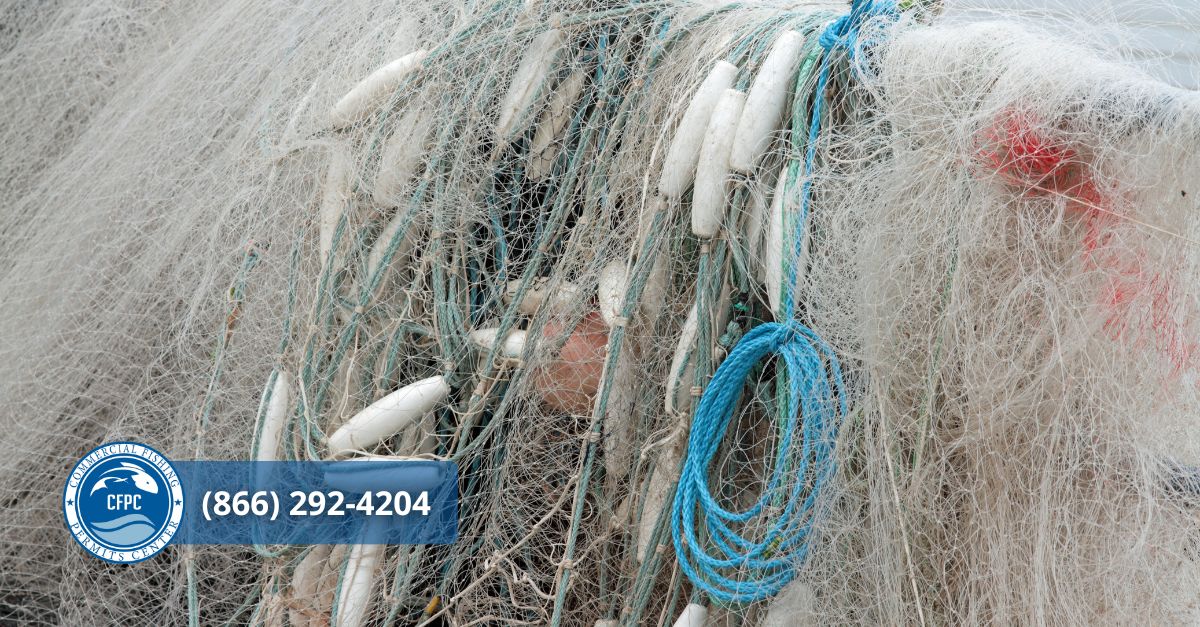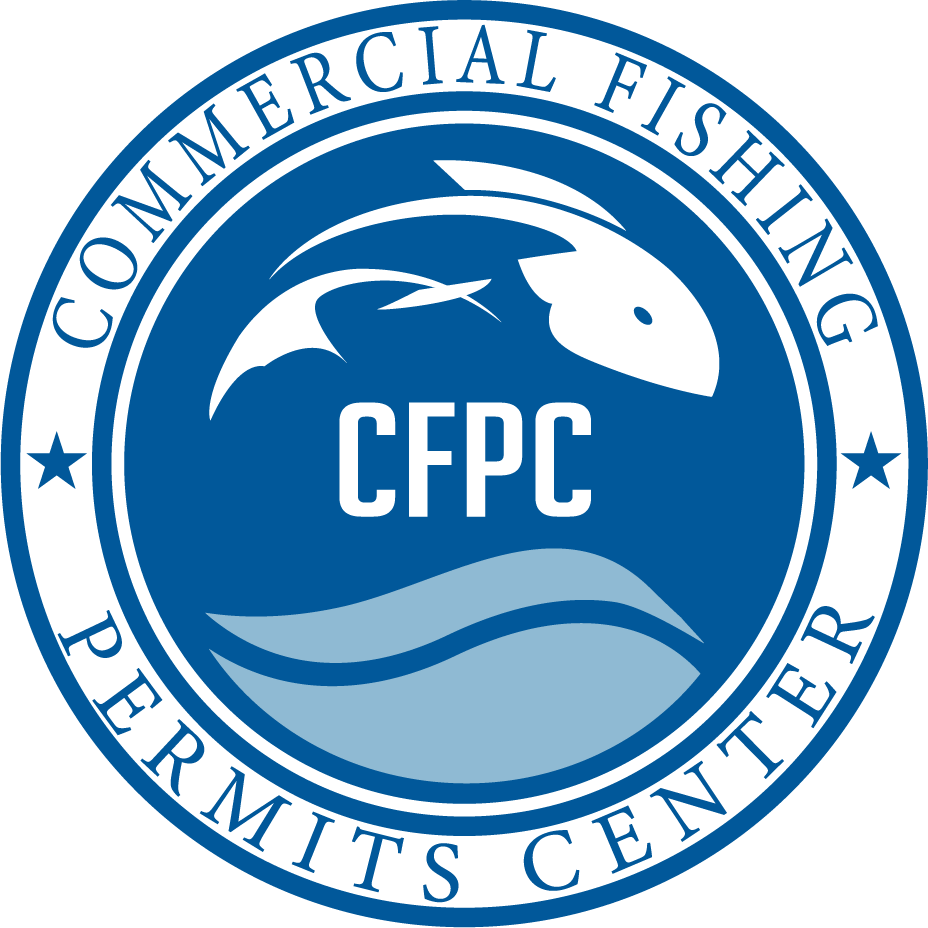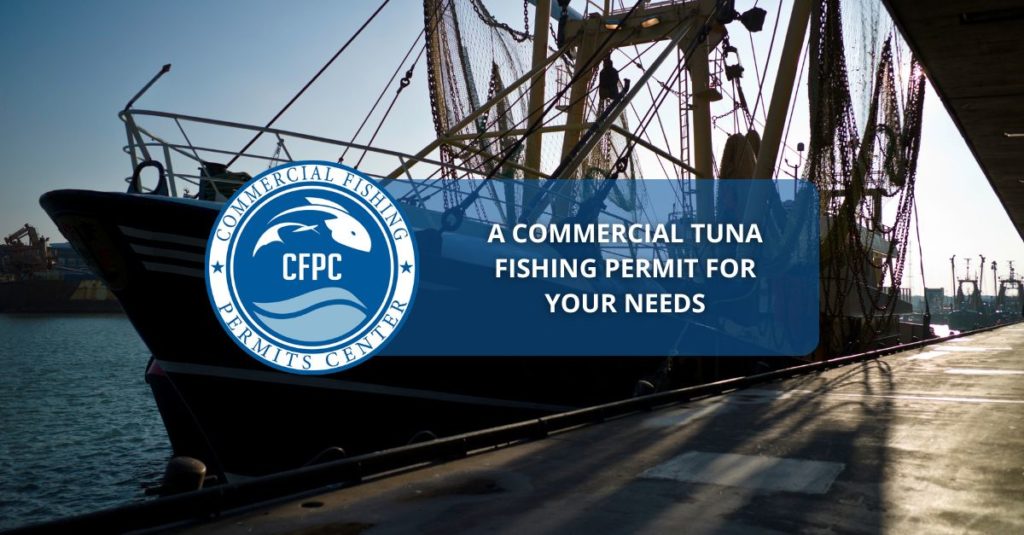If you decide to conduct a little experiment and ask anybody around you to name the first fish that comes to their minds, we are pretty sure what their most common answers will be: salmon or tuna. It comes as no surprise, given that one of the highest-priced, most sought-after is the North Atlantic Tuna or Atlantic Bluefin Tuna. Mainly targeted for the Japanese raw-fish market, this fish can weigh more than 500 pounds, and fishermen seek them even in the most dangerous conditions. For that reason, the market is well regulated by the United States government. If you are looking for information about the Commercial Tuna Fishing Permit you are on the right spot: this article will tell you everything you need to know about the subject.
The first thing you need to do is to figure out where you will be fishing: either in state or federal waters. Secondly, to determine which species you will be trying to catch: there are several types of tuna. Apart from that, your boat will need to be appropriately habilitated to operate. What does all of this mean? Let’s find out in the following lines!
An Introduction to the National Oceanic and Atmospheric Administration (NOAA)
To get started, we need to make a distinction between state and federal waters. The state waters are compounded by all the rivers and lakes from each state and also include a portion of the waters from the coastline. Particularly, those that go from zero up to three nautical miles from shore. To fish for tuna or any other species in that area, you have to comply with the requirements of the Department of Natural Resources from each state.
The federal waters, on the other hand, extend from the three nautical miles from shore we mentioned before up to two hundred nautical miles. After that, they are considered international waters. Federal waters are under the jurisdiction of the National Oceanic and Atmospheric Administration (NOAA). This department is tasked with managing US fisheries, and a big part of their job is to deal with the different permits fishermen need to be allowed to catch on those waters. This way, they prevent events like overfishing from happening and keep track of who is actually angling in our waters.
Different Types of Tuna Permits
The Commercial Fishing Tuna Permit is, of course, issued by the NOAA. They segment their permits into five regions (West and South Coasts, Alaska, the Atlantic, and the Pacific). When it comes to tuna, there are two different kinds of permits.
On one hand, we’ve got the Tuna Treaty Permit, available on the West Coast region, that allows you to fish with reciprocity off the shores of Canada.
On the other, the Atlantic Tuna Longline Commercial Fishing Permit (limited access) is available in the Atlantic and South regions. This permit lets you fish in New England, the Mid-Atlantic, and the Southeast, including the Gulf of Mexico, areas in which there is plenty of Tuna available.

Get Your Documentation from the Comfort of Your Couch
Having to deal with the different authorities to get the permits you need can be complicated. Nobody enjoys getting the corresponding licenses from the NOAA first, from the state departments, to check if your US Coast Guard documentation is up to date… and that is when the Commercial Fishing Permits Center (CFPC) comes into place.
We are a third-party agency that allows you to get all of your documentation from the same website. Furthermore, our site is fully encrypted so your information will be kept safe with us, and our platform allows you to get the documentation from the comfort of your house. Whether you are looking for the Commercial Tuna Fishing Permit or any other paperwork you can think of, the CFPC is the way to go!


No Comments
Be the first to start a conversation